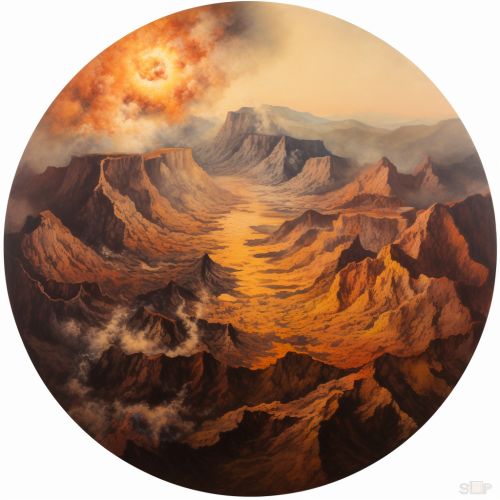Ring of Fire
Introduction
The Ring of Fire, also known as the Circum-Pacific Belt, is a major area in the basin of the Pacific Ocean where a large number of earthquakes and volcanic eruptions occur. It is associated with a nearly continuous series of oceanic trenches, volcanic arcs, volcanic belts, and plate movements. It has 452 volcanoes and is home to over 75% of the world's active volcanoes.
Geology
The Ring of Fire is a direct result of plate tectonics and the movement and collisions of lithospheric plates. Here, the Pacific Plate is colliding with and sliding underneath other (mostly continental) plates, a process known as subduction. Subduction creates seismic activity in the form of earthquakes, and volcanic activity in the form of eruptions.


Volcanic Activity
The Ring of Fire is home to 452 volcanoes, making it the world's most volcanically active area. Major volcanic events in the Ring of Fire's history include the 1956 eruption of Mount St. Helens, the 1980 eruption of Mount Vesuvius, and the ongoing activity of Mount Kilauea.
Seismic Activity
The Ring of Fire is also the location of the world's most frequent earthquakes. In fact, 90% of the world's earthquakes occur along the Ring of Fire, and it is home to 81% of the world's largest earthquakes.
Impact on Human Life
The high volcanic and seismic activity of the Ring of Fire affects a significant human population. Countries such as Japan, the Philippines, New Zealand, Canada, and the United States have major cities that lie on or near the Ring of Fire, making them particularly vulnerable to earthquakes and volcanic eruptions.
